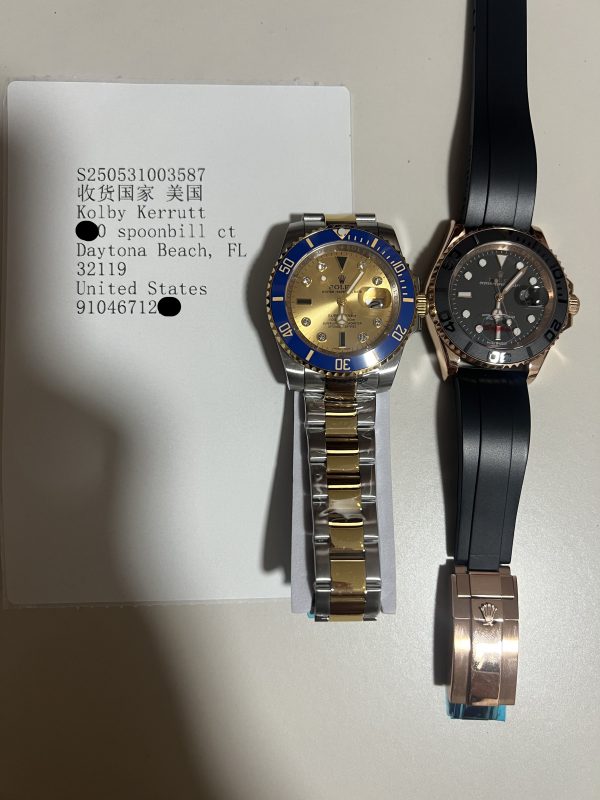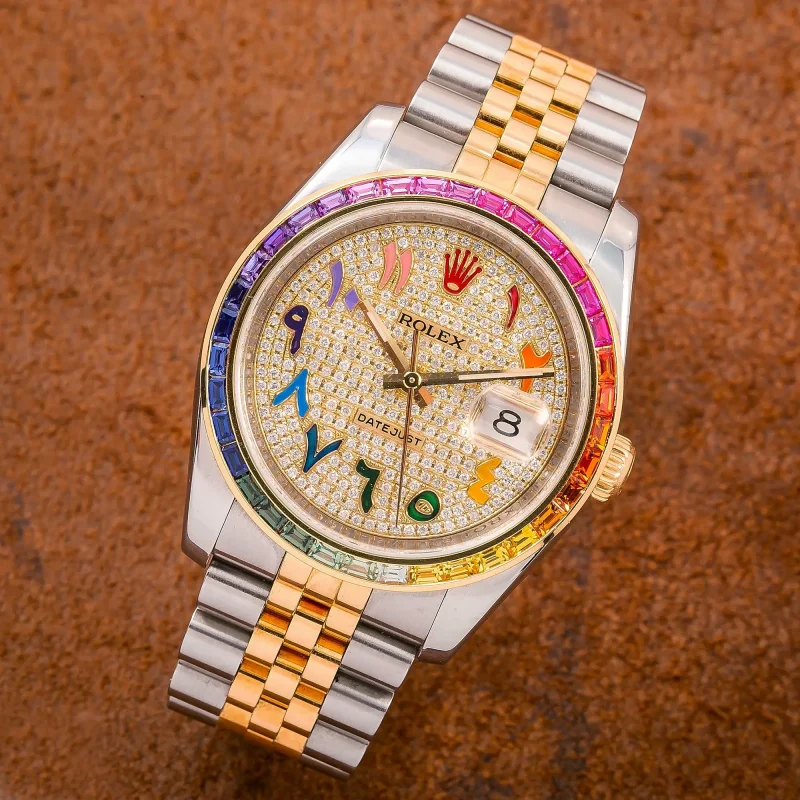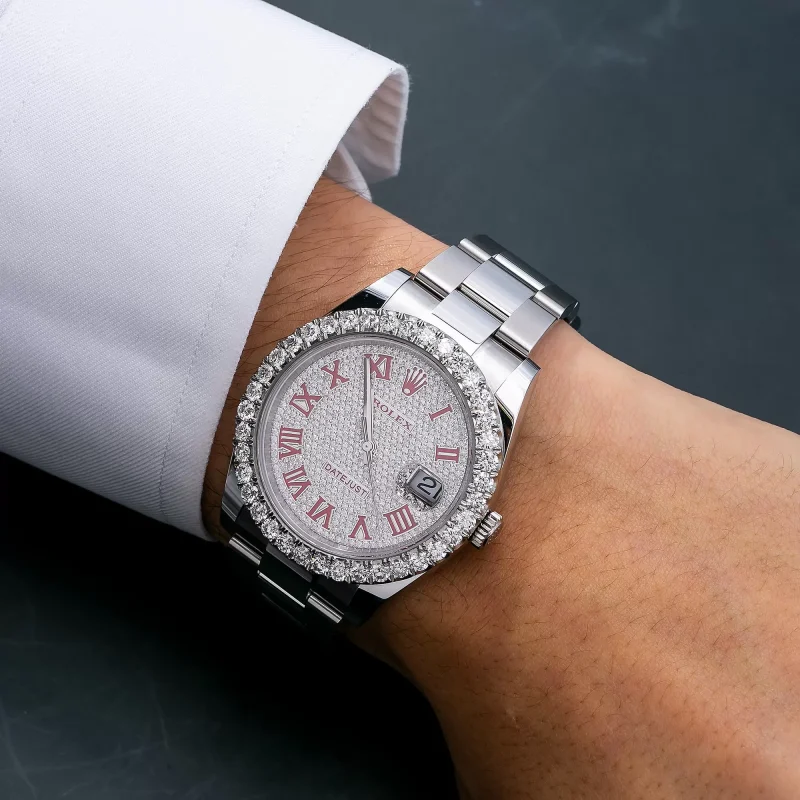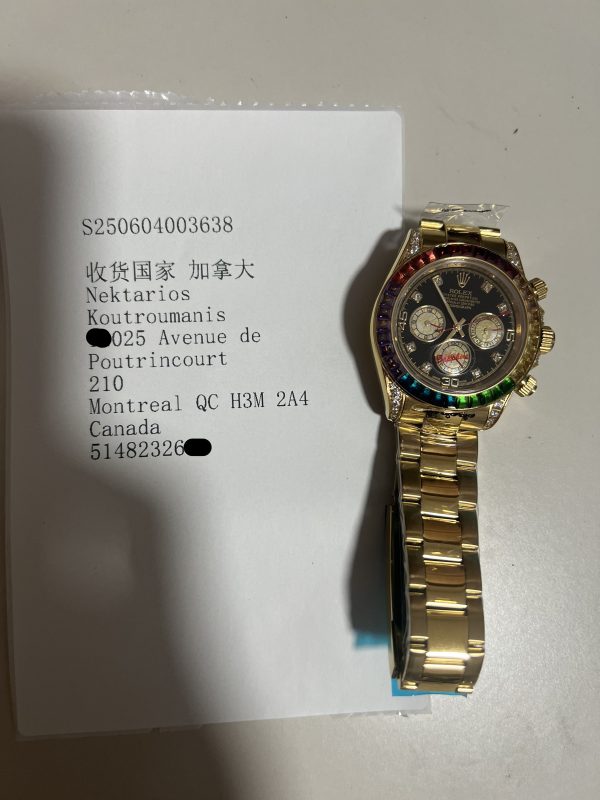Clone
The Rolex Oysterquartz 17013Vintage Oddball with Timeless Charm
When I first fell into the world of watches, the mantra of “filling the collection” felt almost obligatory. Divers, dress watches, chronographs – each category was treated like a checklist. But over time, the noise of “must-haves” faded, replaced by a simpler truth: wear what resonates. My collection became a reflection of personal taste rather than tradition. Yet, one concept I’d long dismissed – the “birth year watch” – suddenly crept into my consciousness.

As years passed, I found myself drawn to watchs from the late ’70s and early ’80s. Coincidentally, that era aligns with my own entry into the world. So when a 1981 Rolex Oysterquartz Reference 17013 – my birth year – flashed across my Instagram feed, it felt like fate. The post vanished quickly, but not before I recognized the seller’s signature style: Kibble Watches, a UK-based dealer. Within hours, I was scheming how to fund the purchase. Rationalizations followed – “reduce overlap,” “free up the watch box” – but deep down, the decision was already made.
The Oysterquartz is an enigma. Born during the Quartz Crisis, it represents Rolex’s reluctant embrace of electronic timekeeping. In 1970, the brand debuted the Beta-21-powered Rolex 5100, a collaboration with Swiss rivals to counter Japan’s quartz dominance. Though over 1,000 units sold, Rolex soon pivoted to develop an in-house quartz movement. The result? The 1977 Oysterquartz, housing the groundbreaking Caliber 5035 (Datejust) and 5055 (Day-Date).

Despite its 25-year production span (1977-2001), only around 25,000 Oysterquartz watches left the factory – a drop in the ocean compared to Rolex’s mechanical output. Its angular, integrated-bracelet design screamed ’70s chic, yet it never found mainstream love. For decades, it lingered in obscurity, overshadowed by icons like the replica Rolex Submariner or Daytona. But recently, as vintage sports watches with integrated bracelets surged in popularity, the Oysterquartz began its slow ascent from cult curiosity to collector darling.
The Reference 17013 is a masterclass in understated glamour. Its 36mm case – chunky at 13.5mm thick – pairs a striking yellow gold fluted bezel with a two-tone Jubilee bracelet. The gold accents don’t shout; they smolder. Gilded hands and indices pop against a sunburst champagne dial, while the Cyclops date window adds functionality without disrupting the symmetry.

On the wrist, it defies its modest dimensions. The bracelet’s 24mm width tapers sharply to 16mm at the lugs, creating a bold, architectural presence. Yet comfort isn’t sacrificed. The heft feels purposeful, a reminder of Rolex’s obsession with durability. My only gripe? The bracelet’s rigid links. With a 7-inch wrist, I’ve removed six links for a snug fit, but the design still sits more like a geometric cuff than a fluid band. Smaller wrists might struggle.
Legibility shines in daylight, though faded tritium lume leaves night reading to the imagination. The date window, magnified by clone Rolex’s signature Cyclops, avoids feeling like an afterthought – a rare feat in watch design.
The Caliber 5035 isn’t your average battery-powered workhorse. Rolex engineered it to rival mechanical precision, earning COSC certification in 1980 – a rarity for quartz. Its secret? A thermistor that adjusts timekeeping based on temperature shifts and a manual regulation screw for fine-tuning accuracy during servicing. This isn’t disposable tech; it’s a high-end engine built to last.
The Oysterquartz 17013 is more than a quirky footnote. It’s a testament to Rolex’s adaptability during an industry upheaval – a hybrid of cutting-edge tech and timeless design. While prices for clean examples climb, it remains a relative bargain compared to vintage Daytonas or Explorers.
Does it deserve a spot in your collection? If you value history, rarity, and a touch of rebellious elegance, absolutely. As for me, this birth year watch isn’t just a nod to the past; it’s a daily reminder that the best stories are often told by the outliers.

